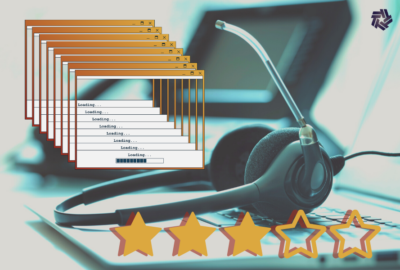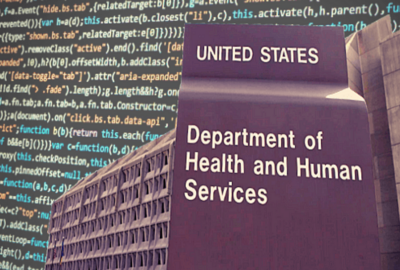OPM moving out of IT status quo
Matt Perry is making wide-ranging effort to improve the Office of Personnel Management\'s technology infrastructure. This includes data storage and analytics to...
By Jason Miller
Executive Editor
Federal News Radio
The Office of Personnel Management is making it easier for employees’ records to follow them as they switch agencies.
OPM is expanding the capabilities of its electronic human resources integration (EHRI) system, to electronically transfer personnel record files between agencies and to the National Archives and Records Administration, when employees leave government, said Matt Perry, OPM’s chief information officer.
EHRI is one of five e-government initiatives OPM is leading to improve the government’s handling and processing of workforce records.
Perry, who before becoming the CIO was the program manager for EHRI, brings a unique perspective to overseeing all of these programs as well as the agency’s technology infrastructure.
He spent 25 years working in personnel and technology for the Army before coming to OPM in 2007. Working for the Army, Perry said he got a chance to take some risks in improving how the service implements technology.
Now at OPM, Perry faces a similar challenge in trying to upgrade technology and figuring out where the risks are worth taking.
“At OPM, we’ve gone a long time without doing some of the upgrades to equipment. So one of the things we’ve had to do is look at introducing new technologies,” Perry said. “My deputy and I did an evaluation of the current operating status of equipment and we started doing an approach so that we could start virtualizing servers, refreshing computers, moving to laptops to support telework and Results Only Work Environment (ROWE) initiatives. We also began replacing our 20-year-old telephone system with a more modern system in providing more capabilities.”
Perry said OPM is moving to cloud computing to improve the agency’s technology network reliability and accessibility as well as save money. He added that the OPM will look to the cloud for some of their Web operations and Web analytics efforts.
OPM also maintains 34-years worth of data about federal employees and that must be kept more secure than most cloud options offer currently. Perry said the data storage is more of an internal improvement effort.
“We have a large repository of information and we are looking at the data center we have and ways to optimize it,” he said. “It’s how we store it and also have the capabilities to readily reach back and get the data as needed for staff sections here or for agencies.”
And it’s that data that is key to OPM’s human capital initiatives.
Perry said OPM is working with the shared service providers under the HR Line of Business on receiving electronic retirement data. Currently, the information comes to OPM in paper-form.
“That will not only speed up our overall process and we’ll have the information resident here, but it will also improve the overall accuracy,” he said. “We can take that retirement data feed and validate it against the EHRI database. If there are discrepancies or questions, we already developed some edits that we can go back and question the providers and ask ‘why is this?'”
OPM also has begun working with the Defense Department to convert paper records to electronic and do all feeds to EHRI from here on out. DoD is the last major agency that needs to move to electronic personnel records.
Perry said the agency also has scanned 10 million images into EHRI as part of making paper personnel files electronic.
“The adjudicators for retirement now have the capability to see the old paper files that’s now in electronic scan mode, the data feeds that are coming in and the overall personnel data file already stored in EHRI. You now get complete one person concept all online within the environment. We also have a couple of proof of concepts that we’ve given to the associate director for retirement service on how to capture information and do some data mining as they need to do as they are looking at cases.”
Finally, Perry said two large agencies and one medium one have proposals to the Office of Management and Budget to move to HR shared services providers under the LOB initiative.
“The transitions should start November or December time frame,” he said. “Since they’ve already selected who they want to move to and there have already been preliminary meetings, there is just the formality of getting approval now. The transition takes approximately eight months.”
Perry said the move to a shared service provider will be a big benefit for the agency because it provides the agency customers more functionality that most agencies couldn’t afford alone.
(Copyright 2011 by FederalNewsRadio. All Rights Reserved.)
Copyright © 2024 Federal News Network. All rights reserved. This website is not intended for users located within the European Economic Area.






